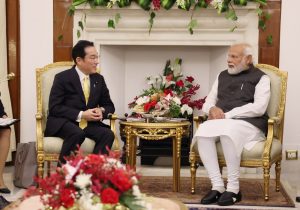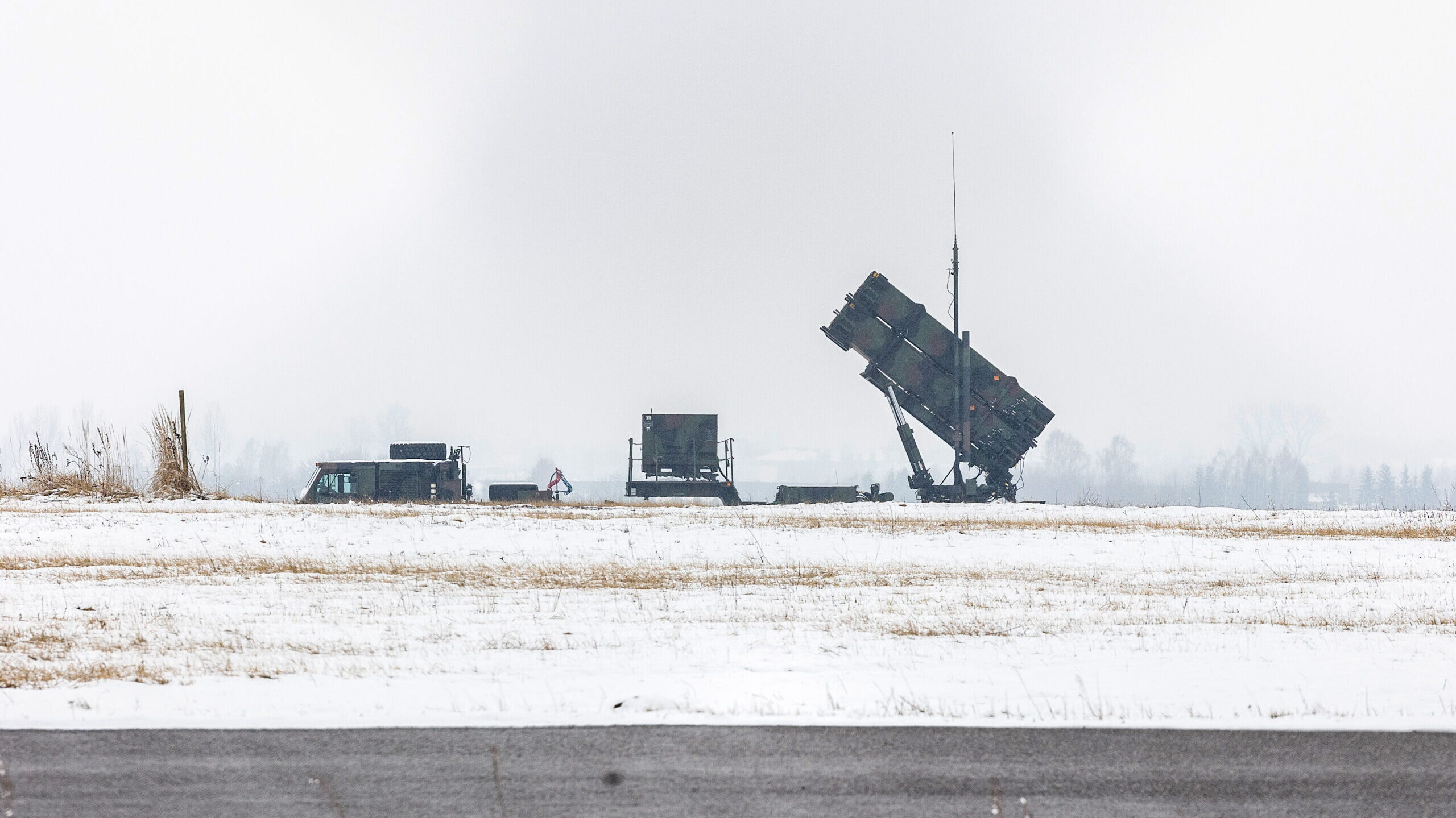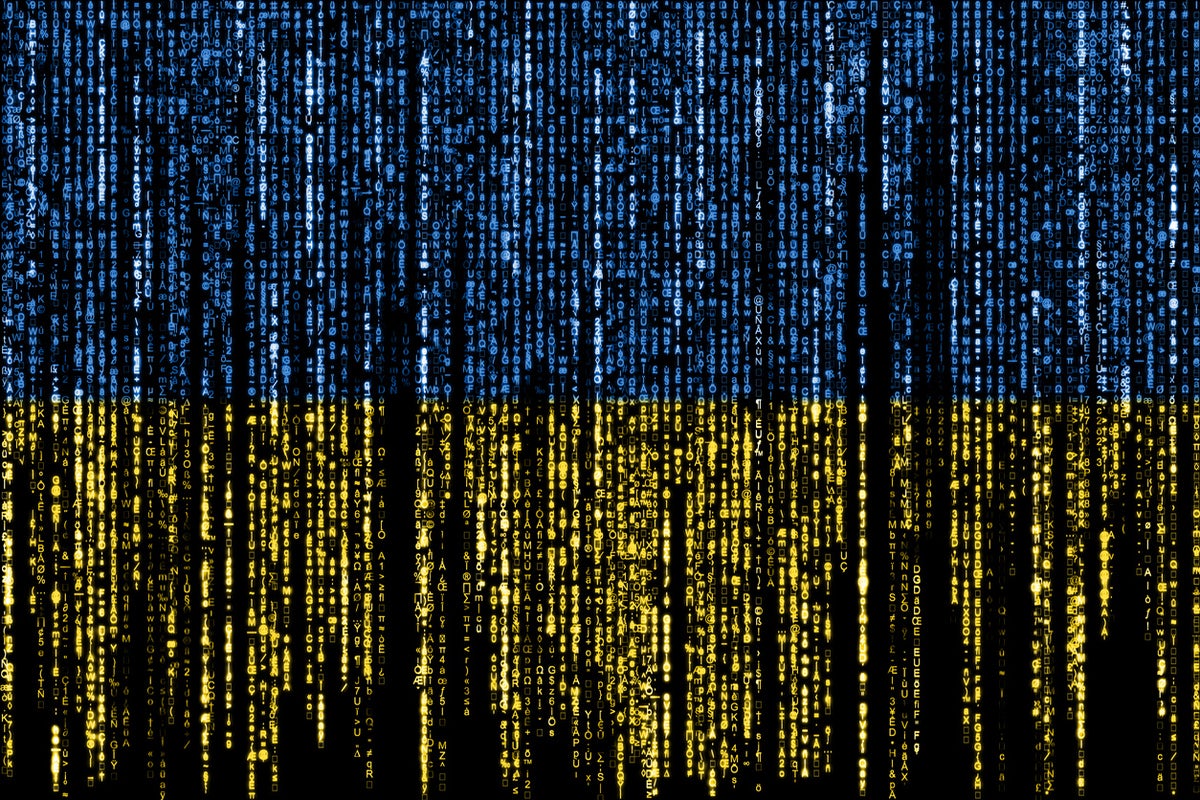Dr. Priyadarsan Patra

India now ranks third globally in both the number of scientific publications as well as the PhDs produced annually. Yet, academic integrity is a growing concern in India where It is customary for academics to present papers at conferences and publish them in journals, with Scopus being the recommended citation database due to its size and scope.
A recent investigative news article (24 April 2023) in The Print points out major lapses of academic integrity in higher-ed that continue to be observed today, even 6 years after the Gazette of India published major regulations on the promotion of academic integrity and prevention of plagiarism (July 2018). According to that report, editors from lesser-known Scopus-indexed journals are offering to publish academic papers for a mere Rs 5,000. Furthermore, for an additional fee, ghostwriters are available to compose entire research papers on behalf of clients. The pressure to publish (publish-or-perish) has created an illicit industry of agents and touts who collaborate with compromised peer-review boards to publish substandard or even entirely fabricated research papers. These so-called “fixers” are targeting academics and scientists who feel stuck in the endless cycle of publishing in the pursuit of promotions or professional status, as well as Ph.D. students who are desperate to graduate.
If left unchecked, such practice will have long-term harmful consequences, including increased uncertainty and a decline in public trust in science and scientists’ ability to uphold the truth. Moreover, this trend could significantly harm the credibility of Indian researchers in the international academic community. Let’s look at some of the dimensions of the problem at hand.
Academic integrity and research ethics are two interconnected concepts that are foundational to the success and credibility of academic learning and trustworthy research. Academic integrity refers to the values, principles, and practices that uphold honesty, transparency, and accountability in the academic community. Research ethics, on the other hand, involves ethical considerations that guide the design, conduct, and dissemination of research. In this article, we will explore the importance and concerns of academic integrity and research ethics, the key principles that underpin them, the potential consequences of failing to uphold them, and how to safeguard against such failures.
Research Ethics











